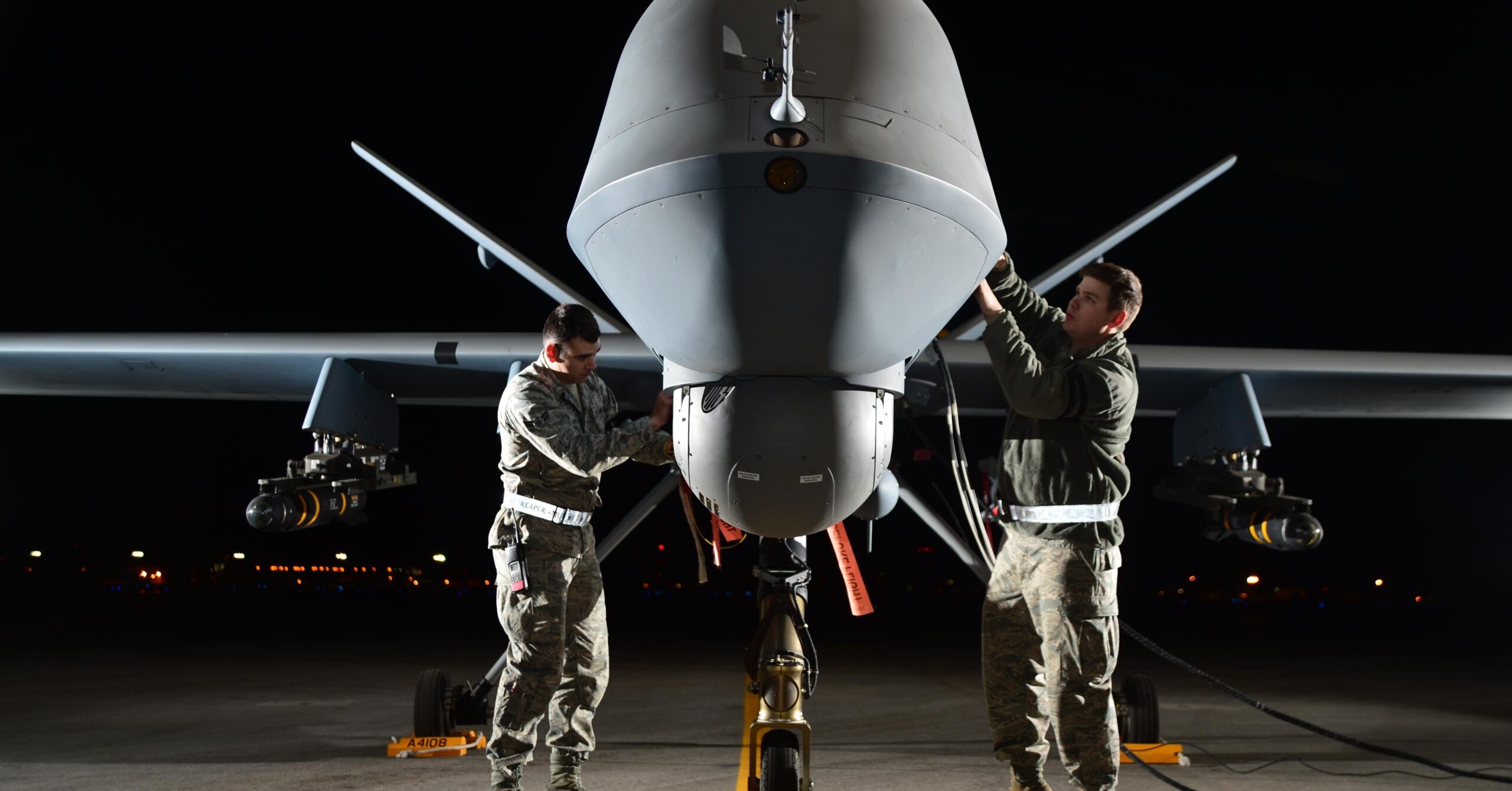In the not-so-distant past, the concept of crewless aerial vehicles, or drones, was confined to military applications. These early drones served as reconnaissance tools, stealthy spies in the sky. One of the best examples of these modern technologies is the Skydio X10. Their evolution, however, has transcended their military roots, taking them from sky explorers to indispensable sky guardians.
The Military Genesis
The origins of drones can be traced back to World War I when the idea of remote-controlled aircraft took its first hesitant steps. The primary objective was to eliminate the risks associated with manned reconnaissance missions. Early drone prototypes, often crude by today’s standards, laid the foundation for technological advancements.
An Era of Transformation
The post-World War II era marked a profound transformation in drone technology, as these machines transitioned from mere tools of observation to formidable instruments of combat. During this period, drones evolved into vital assets for military operations, serving critical roles in surveillance, target acquisition, and even the precision delivery of guided missiles.
The military’s reliance on drones grew substantially as they offered distinct advantages. They could operate in dangerous or hostile environments without risking human lives, providing valuable intelligence and reconnaissance capabilities. This era saw the development of various drone types, including reconnaissance drones, target drones, and armed drones.
While drones were primarily under military control, their impact extended beyond the battlefield. They played pivotal roles in Cold War-era surveillance, aiding intelligence agencies in monitoring and gathering information on adversaries. As technology advanced, drones became more sophisticated, capable of flying longer distances and carrying increasingly advanced payloads.
Dawn of Commercial Applications
The transition from military to commercial use began in the late 20th century. As technology became more accessible, companies started to harness the potential of drones for civilian purposes. The advent of small, affordable, and versatile drones marked a turning point. They found their niche in aerial photography, videography, and agricultural monitoring.
Pioneering Innovations
The early 21st century witnessed a transformative drone revolution, driven by rapid advancements in materials, miniaturization, and data-processing capabilities. Drones underwent a remarkable evolution, becoming increasingly compact, lightweight, and agile. With enhanced sensors and GPS technology, precise navigation became achievable, unlocking a multitude of possibilities across various sectors. These pioneering innovations continue to reshape industries, from aerial photography and surveillance to agriculture and disaster response, making drones an integral part of the modern technological landscape.
Applications Beyond Imagination
Today, drones are far more than flying cameras. They’ve extended their reach into agriculture, construction, search and rescue, and environmental monitoring industries. In agriculture, drones help optimize crop management by providing detailed aerial data. In construction, they aid in site inspection and progress monitoring. Search and rescue operations leverage their capabilities to cover vast areas quickly, and environmentalists use drones to monitor remote and fragile ecosystems.
Autonomous Intelligence
One of the most significant leaps in drone evolution is the development of autonomous capabilities. Modern drones can plan and execute complex missions with minimal human intervention. Advanced algorithms enable them to avoid obstacles, track objects, and follow predefined flight paths. This autonomy is particularly critical in scenarios requiring real-time decision-making, such as disaster response and infrastructure inspection.
Sky Guardians: A New Role
The evolution of drones isn’t solely about their technical capabilities but also their expanding roles. Drones have become indispensable sky guardians, serving in roles that safeguard lives, property, and the environment. Here are some key areas where drones are now active as protectors of the skies:
1. Firefighting and Disaster Relief
Drones with thermal imaging cameras and gas sensors are invaluable in firefighting operations. They can identify hotspots, track the spread of wildfires, and assess the safety of rescue teams in hazardous environments. Drones provide real-time situational awareness in disaster relief efforts, helping responders make informed decisions.
2. Environmental Monitoring
Drones play a crucial role in monitoring the environment, tracking changes in ecosystems, and assessing the impact of climate change. They are instrumental in wildlife conservation, as they can observe animals in their natural habitats without causing disturbance.
3. Border Surveillance
Many countries employ drones for border security. These crewless aircraft can cover large areas efficiently, providing real-time data to border patrol agents. They enhance security by detecting unauthorized border crossings and potential threats.
4. Public Safety
Law enforcement agencies use drones for various public safety tasks. They can aid in crowd control, accident reconstruction, and locating missing persons. Drones equipped with high-resolution cameras and infrared sensors enhance the efficiency and safety of police operations.
5. Environmental Cleanup
Drones with unique payloads are deployed for environmental cleanup, particularly in hard-to-reach areas. They can transport and release beneficial organisms, such as seeds or insects, to restore ecosystems and combat invasive species.
The Future of Sky Guardians
The evolution of drones from their humble beginnings as military reconnaissance tools to their current roles as sky guardians is a testament to human ingenuity. As technology advances, one can expect even more remarkable developments in drones. From improved energy efficiency to enhanced communication capabilities, drones will continue to expand their roles in safeguarding our skies and serving humanity’s needs.
Conclusion
The journey of drones from sky explorers to sky guardians is a story of adaptation, innovation, and transformation. Drone from companies like Skydio X10 are best examples of the advanced drone technology. As these aerial marvels evolve, they will undoubtedly play an increasingly vital role in protecting our world, ensuring safety, and enhancing our understanding of the skies above.
